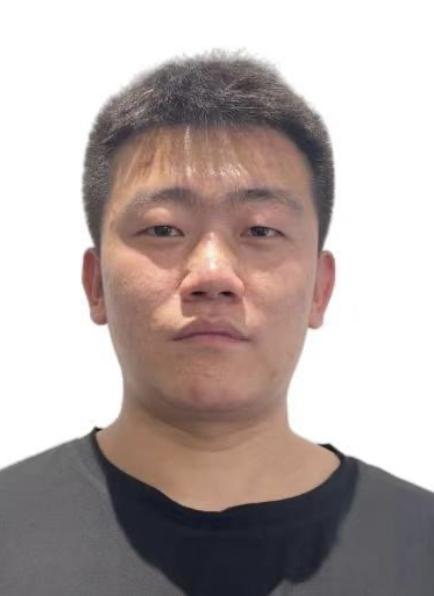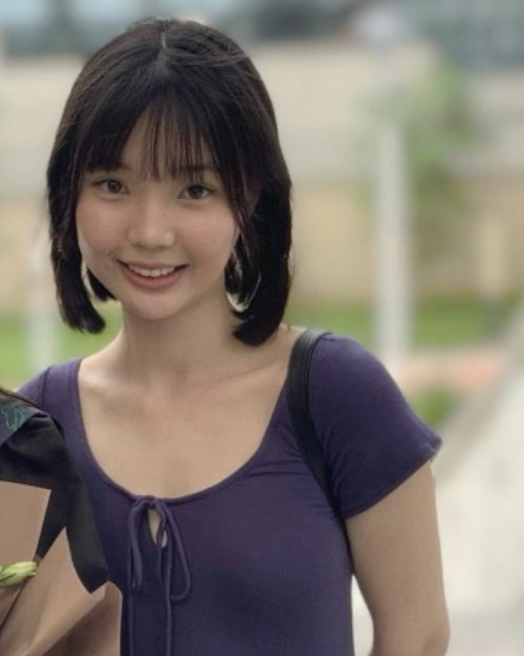Summer Internship & Integrated Project Spotlights
From spreadsheets to strategy, ASCU students took their skills out of the classroom and into the real world this summer. Whether through internships at leading companies or integrated projects with real-world case studies, they proved that actuarial science is about much more than crunching numbers—it’s about problem-solving, storytelling, and impact.
Yash Mittal — Corebridge Financial, Actuarial Intern (Individual Retirement Pricing & Analytics)
Yash Mittal (SPS’25)
This summer, I had the privilege of interning with the Individual Retirement Pricing & Analytics team at Corebridge Financial in Jersey City. Coming in, I was curious to see how the concepts we study in class actually play out in the industry. I realized that actuarial work is more than just formulas and spreadsheets—it’s about solving problems that truly shape people’s financial futures.
My projects revolved around variable annuity products like Polaris Platinum III, where I analyzed premium patterns, streamlined asset mapping, and worked on data to support pricing and product design. Beyond the technical work, what stood out was how every task connected to a bigger picture: helping retirees secure steady income and peace of mind. Seeing that impact gave meaning to the numbers I was working with every day.
Another highlight was the exposure to leadership. Weekly speaker sessions and our group project gave me the chance to learn directly from senior executives, which made me realize how essential communication, curiosity, and teamwork are in this field.
My biggest takeaway is that actuarial science is about finding the story behind the numbers and making it useful for real decisions. If I could give one piece of advice to other students, it would be this: don’t hold back from asking questions, even if they feel simple. Questions spark conversations, and conversations lead to opportunities—whether it’s learning a new perspective, building confidence with senior leaders, or simply connecting with teammates. In the end, the relationships you build and the curiosity you show can be just as important as the technical skills you bring.
Zeliang Wu — Healthfirst, Actuarial Intern (Reserving, IBNR)
Zeliang Wu (SPS’25)
This summer I had the opportunity to intern with Healthfirst in New York as part of their actuarial reserve team focused on IBNR. It was my first time working directly with claim triangles and applying methods I had only seen in class—like blended chain-ladder techniques—on real products. One of my main projects involved testing different accrual logics to improve the accuracy of ultimate values. After several rounds of back-testing, we were able to improve results by nearly 8% compared to the old approach, which was a rewarding reminder that even small adjustments can have a big impact.
Beyond the technical side, I learned how important it is to communicate clearly with teammates. Explaining why I chose one assumption over another, or walking through an Excel/Python process in simple terms, helped build trust and ensured our work was actually useful for decision-making. I also gained an appreciation for how actuaries trade off between efficiency and accuracy—we aim for accuracy, but we also need results that management can interpret and act on quickly, which makes efficiency just as important.
My biggest takeaway is that internships aren’t only about “showing what you know,” but also about asking questions and being open to feedback. My advice to peers is: don’t be afraid to admit when you’re unsure—most of the time, that curiosity leads to the best learning moments.
Jinglin Ye — Integrated Project: Ensemble Machine Learning for CIC’s Auto Insurance Pricing (Collaborated with Carlos Arocha & Team)
This past summer, I had the opportunity to participate in Columbia’s Integrated Project, where my team partnered with a practicing actuary to tackle a case study modeled after Columbia Insurance Company (CIC). While CIC is a teaching example, the challenge it presented—rising loss ratios and increasing claim severity in an auto portfolio—mirrors real issues insurers face today.
Jinglin Ye (SPS’25)
Our team explored both traditional actuarial approaches, such as Generalized Linear Models, and modern machine learning methods, including Random Forest, XGBoost, and CatBoost. CatBoost emerged as the most accurate, and we used it to design a revised pricing strategy with a modest premium adjustment and targeted surcharges for higher-risk segments. To make the work tangible, we also integrated the model into a prototype application that calculated gross premiums, which I found especially rewarding.
The experience taught me how to connect technical analysis with actionable business strategy. I gained confidence working in a collaborative team setting and learned how to communicate modeling results clearly to non-technical audiences. My biggest takeaway is that actuarial work is not only about building accurate models, but also about ensuring those models support informed decisions and sustainable growth.
My advice to fellow students is: don’t underestimate the power of clear communication. Explaining complex analysis in simple, practical terms is just as important as technical skills. I was also amazed by how approachable and supportive our mentors and instructors were. They are highly experienced professionals who are eager to guide and answer questions, so never hesitate to reach out!
Xueer Wang — Integrated Project: Driving Business Growth and Performance for ABC Life(Collaborated with Interdisciplinary Team)
Xueer Wang (SPS’25)
This project gave me a first taste of what it means to work in a consulting-style environment. From day one, we were expected not just to analyze data, but to think like advisors—framing business problems, prioritizing impact, and communicating with clarity. That shift in mindset was both challenging and deeply rewarding.
What stood out most was the emphasis on being ‘client-ready.’ We had to consider not only what was technically correct, but what was practical, realistic, and aligned with the client’s strategic goals. Every assumption needed justification; every recommendation had to balance benefit, risk, and feasibility. I learned that good consulting is not about showcasing complexity—it’s about delivering clarity that enables confident decisions.
I also grew to appreciate the discipline of storytelling. Translating months of analysis into a concise, structured presentation required us to be intentional with every chart, every word. Rehearsing for stakeholder meetings and responding to tough questions made me more thoughtful and composed under pressure.
Whether interning at a major insurer or working on integrated projects with real-world case studies, these experiences show how actuarial science blends technical rigor with communication, teamwork, and vision. The common thread? Numbers tell a story; but it’s up to actuaries to make sure that story drives better decisions.



